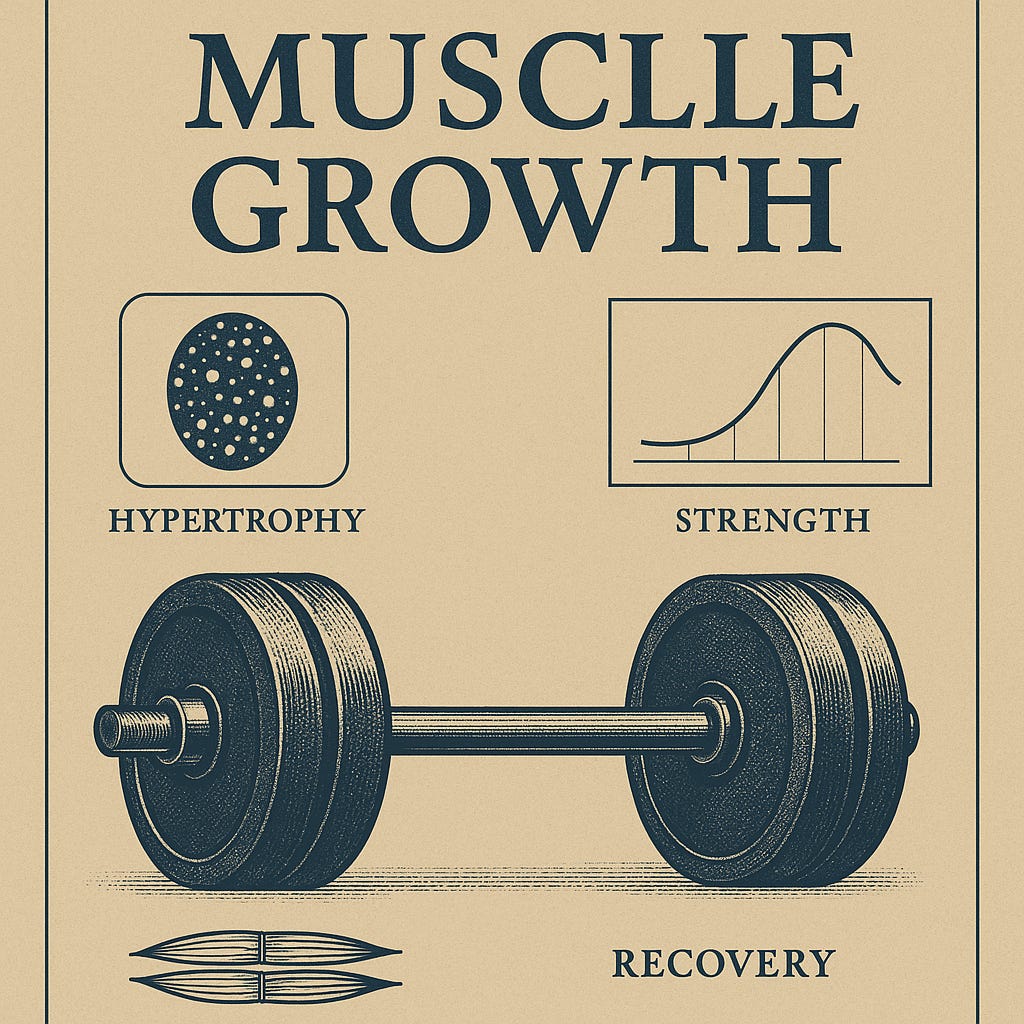How to Use Periodization for Long-Term Strength and Muscle Growth
If you want to build serious muscle and strength, you can’t just do the same workouts forever. Your body adapts, progress slows, and eventually, you hit a wall. That’s where periodization comes in—a smart way to plan your training so you keep getting bigger and stronger over time.
Periodization isn’t some fancy trick. It’s a proven method used by champio…
Keep reading with a 7-day free trial
Subscribe to The Body Doctor to keep reading this post and get 7 days of free access to the full post archives.


